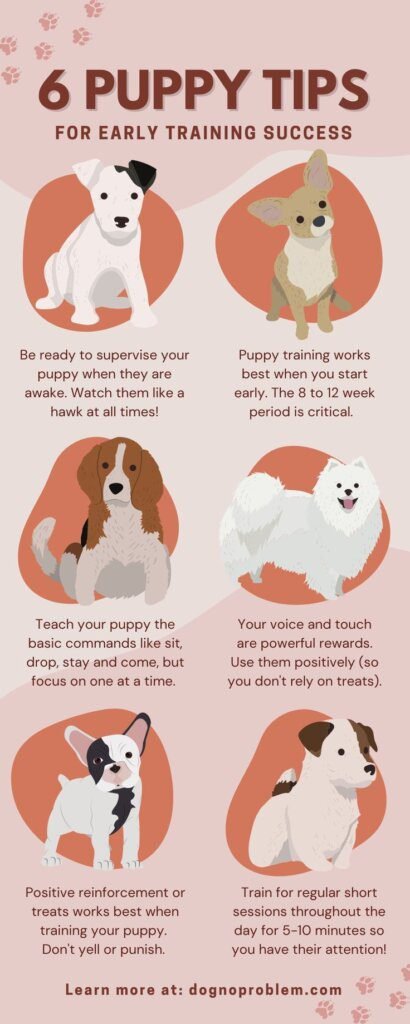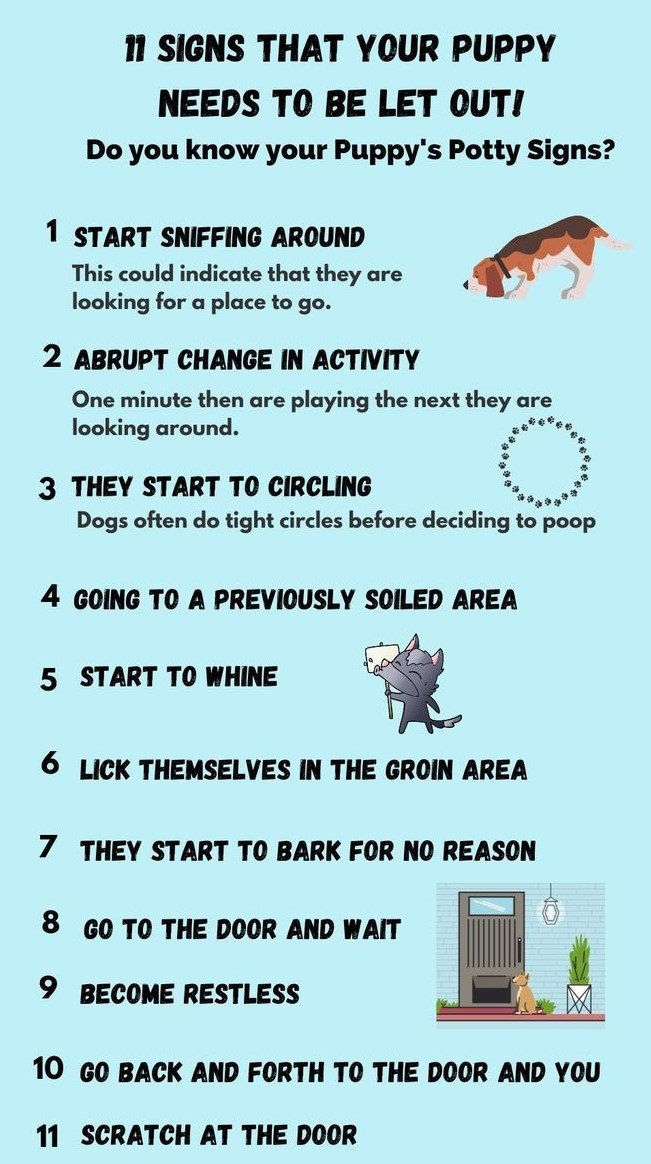Table of Contents
Are you ready to embark on a journey towards a well-behaved and obedient furry companion? Look no further, as this article will provide you with easy and effective steps to train your dog. From basic commands to advanced tricks, you will learn the secrets of successful dog training. Whether you have a mischievous puppy or a stubborn adult dog, these easy steps will help you establish a strong bond and build a harmonious relationship with your four-legged friend. Get ready to unlock your dog’s full potential and become the best dog owner you can be!

Setting Training Goals
Setting training goals is an essential first step in effectively training your dog. By defining your desired behaviors, you can have a clear direction and focus during the training process. Take the time to think about what specific behaviors you want your dog to exhibit, whether it’s sitting on command, walking calmly on a leash, or coming when called. This will help you tailor your training sessions towards achieving these goals.
Once you have identified the behaviors you want to work on, it’s important to break them down into achievable steps. Dogs learn best when they are presented with small, manageable tasks that gradually build upon each other. For example, if your goal is to teach your dog to sit on command, you can start by rewarding them for simply bending their knees and gradually shaping the behavior into a full sit. By breaking behaviors into small steps, you can ensure that your dog understands what is expected of them and can successfully learn and progress.
Creating a Positive Training Environment
Creating a positive training environment is crucial for successful dog training. This involves choosing an appropriate training location where you and your dog can focus without distractions. Whether it’s a quiet room in your house or a secluded spot in the park, make sure the location is comfortable and conducive to learning.
In addition to selecting the right training location, it’s important to gather the necessary training supplies. This may include treats, a clicker, a leash, and any other tools that can aid in training. Having these supplies readily available and within reach will make your training sessions more efficient and effective.
Lastly, establishing a calm and distraction-free atmosphere is essential during training. Dogs are highly attuned to their surroundings, and if they sense stress or tension, it can hinder their ability to learn. Create a peaceful environment by minimizing noise and distractions, and try to remain calm and patient throughout the training process. This will help your dog feel at ease and more receptive to learning.
Building a Bond with Your Dog
Building a strong bond with your dog is crucial for effective training and overall well-being. This bond is built on mutual trust and respect, and it begins with understanding your dog’s needs and establishing clear boundaries.
To establish trust and respect, spend quality time with your dog and interact with them in positive ways. This can include playing games, going for walks, and providing mental stimulation through puzzle toys or training sessions. By engaging in activities that your dog enjoys, you build a foundation of trust and create a positive association with your presence.
Positive reinforcement is an invaluable technique for building a strong connection with your dog. This involves rewarding desirable behaviors with treats, praise, or playtime, showing your dog that good behavior is rewarded and encouraged. By using positive reinforcement consistently, you can foster a strong bond based on trust, respect, and mutual understanding.
Understanding Dog Communication
Understanding how dogs communicate is essential for effective training and can help you interpret their behavior and needs. Dogs primarily communicate through body language, and learning to recognize and interpret these signals can help you communicate with them more effectively.
Pay attention to your dog’s body language, such as their posture, facial expressions, and tail wagging. If their tail is wagging loosely and their body is relaxed, it indicates a friendly and happy mood. On the other hand, a tucked tail and rigid body posture may indicate fear or anxiety. By familiarizing yourself with these cues, you can better understand your dog’s emotional state and respond accordingly.
Using verbal and nonverbal cues effectively is another aspect of dog communication. Dogs can learn to associate specific commands or hand signals with certain behaviors. Consistency is key when using verbal cues, and it’s important to use a clear and firm tone of voice. When using nonverbal cues, such as hand signals, be consistent in your gestures and use distinct movements that are easily distinguishable by your dog.
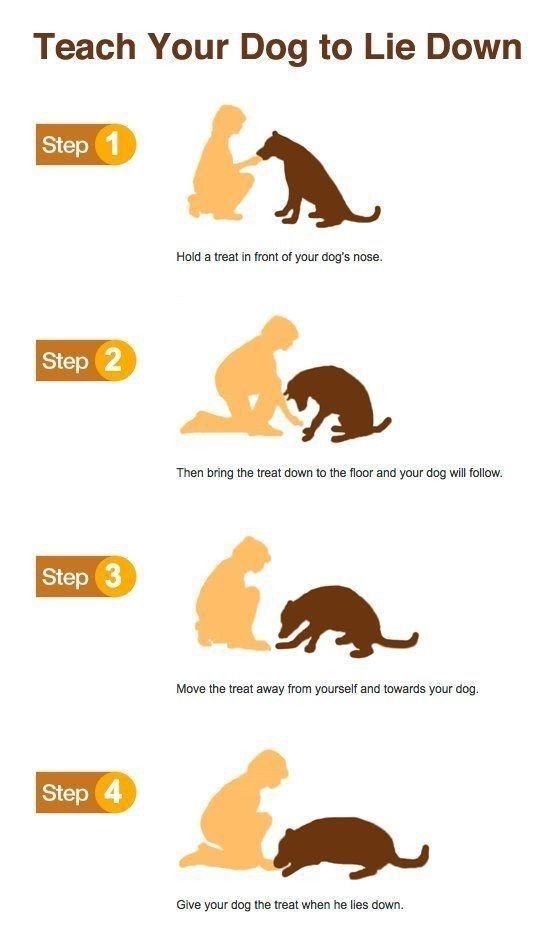
Basic Obedience Training
Basic obedience training forms the foundation for a well-behaved and responsive dog. Teaching essential commands such as sit, stay, and come is crucial for your dog’s safety and your peace of mind.
Start by teaching one command at a time, focusing on clear communication and positive reinforcement. For example, to teach your dog to sit, hold a treat above their nose and slowly move it backward over their head. As their head goes up and their bottom goes down, say “sit” and reward them with the treat. Repeat this process several times until your dog associates the command with the action.
Using treats and rewards is an effective way to reinforce positive behavior during obedience training. Dogs are motivated by rewards, and by offering treats or praise when they perform the desired behavior, you can increase the likelihood of them repeating it. Gradually decrease the frequency of treats as your dog becomes more proficient in the command, but continue to reward them intermittently to maintain their motivation.
Crate Training
Crate training is a valuable tool for house training, providing your dog with a safe and comfortable space of their own. When done properly, crate training can also help prevent destructive behavior and separation anxiety.
To introduce your dog to the crate, make it a positive and inviting space. Place soft bedding, toys, and treats inside to create a comfortable environment. Encourage your dog to enter the crate voluntarily by tossing treats inside and praising them when they go in.
Gradually increase the duration your dog spends in the crate by closing the door for short periods while you are present. Start with just a few minutes and gradually extend the time as your dog becomes more comfortable. Always make the crate a positive experience by rewarding your dog with treats and praise when they are calm inside.
Using the crate for house training involves establishing a routine and using the crate as a tool to prevent accidents. Take your dog outside to eliminate frequently, especially after meals or naps. When you cannot supervise your dog, place them in the crate to prevent them from having accidents in the house. Remember to let them out regularly for bathroom breaks and playtime.
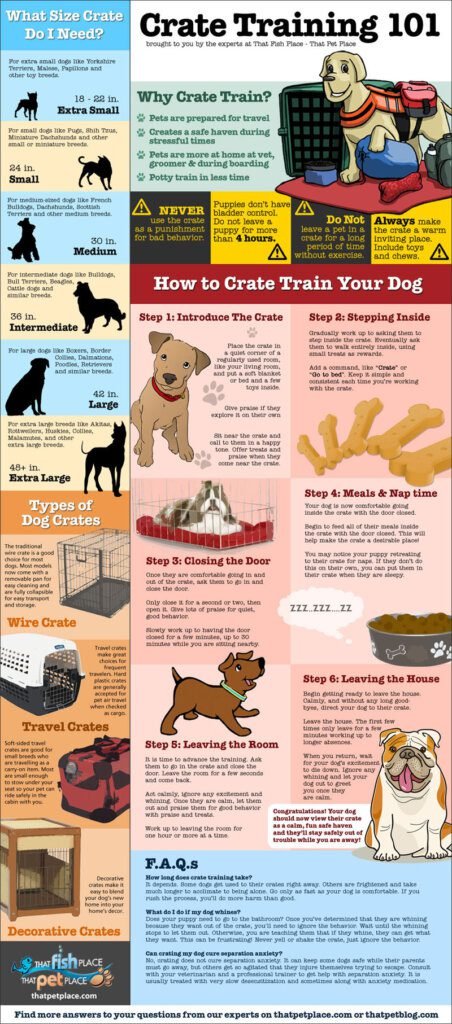
Potty Training
Potty training is an important aspect of dog ownership and requires consistency and patience. By establishing a routine and using positive reinforcement, you can effectively teach your dog to eliminate in the correct spot.
Establishing a routine involves bringing your dog outside at regular intervals, such as first thing in the morning, after meals, and before bedtime. Take them to the same designated spot in your yard and encourage them to eliminate. Use a cue word or phrase, such as “go potty,” to associate it with the action.
When your dog eliminates in the correct spot, immediately praise them and offer a treat as a reward. Positive reinforcement helps your dog understand that eliminating outside is desirable behavior. If accidents happen inside the house, remain calm and clean up the mess without scolding your dog, as punishment can confuse them and hinder the potty training process.
Leash Training
Leash training is essential for safe and enjoyable walks with your dog. Introducing your dog to the leash should be a gradual process to ensure they associate it with positive experiences.
Start by allowing your dog to sniff and investigate the leash before attaching it. Once they are comfortable with the leash, attach it to their collar or harness and let them drag it around in a controlled environment. This helps them get accustomed to the sensation of wearing a leash.
Teaching loose leash walking involves rewarding your dog for walking calmly beside you without pulling. Hold treats in your hand and walk slowly, encouraging your dog to stay by your side. Reward them with a treat and praise when they walk without pulling. If they start to pull, stop walking and wait for them to come back to your side before continuing.
Mastering leash manners goes beyond loose leash walking. Teach your dog to stop and sit when you come to a stop, and to wait politely before crossing the road. By practicing these manners consistently during walks, you can ensure that your dog is well-behaved and under control in various situations.
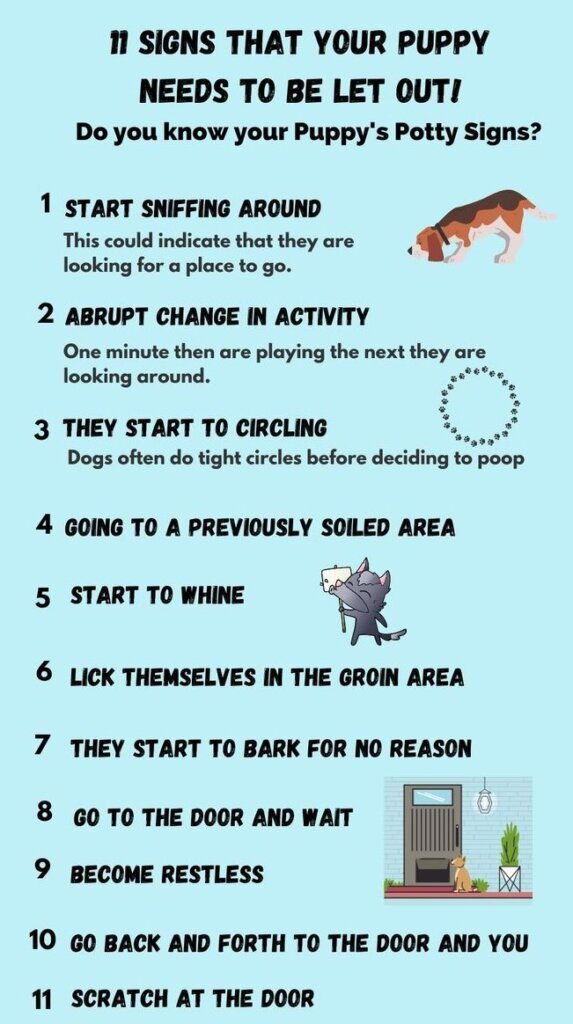
Socializing Your Dog
Socializing your dog is crucial to ensuring that they are comfortable and well-behaved in various environments and around other dogs and people. Exposing your dog to different situations and stimuli from a young age can help prevent fear and anxiety later in life.
Expose your dog to various environments by gradually introducing them to new places, such as parks, pet-friendly stores, or busy streets. Start with quieter environments and gradually increase the level of stimulation.
Introducing your dog to other dogs and people should be done in a controlled and positive manner. Encourage positive interactions by supervising playdates with other well-behaved dogs and rewarding your dog for appropriate behavior. Similarly, expose your dog to different people, ensuring that they have positive experiences and gradually building their confidence around new faces.
Advanced Training Techniques
Once your dog has mastered basic obedience commands, you can move on to more advanced training techniques. Teaching advanced commands such as roll over or play dead can be a fun way to challenge your dog’s mental and physical abilities.
To teach advanced commands, break down the behavior into smaller steps and use positive reinforcement to encourage progress. For example, to teach your dog to roll over, start by rewarding them for lying down, then gradually shape the behavior by rewarding them for rolling slightly to the side, and eventually rewarding a full roll over.
Training your dog to perform tricks goes beyond obedience commands and can provide mental stimulation and a sense of accomplishment for both you and your dog. Tricks such as fetching specific objects, spinning in circles, or giving a high-five can be taught using similar techniques to obedience training.
Exploring agility or obedience competitions can take your dog’s training to the next level. These activities provide mental and physical challenges, as well as an opportunity to bond with your dog and showcase their skills. Attend classes or workshops to learn more about these activities and get guidance from experienced trainers.
In conclusion, training your dog involves setting clear goals, creating a positive training environment, building a bond based on trust and respect, understanding dog communication, and implementing various training techniques. With patience, consistency, and a friendly approach, you can effectively train your dog and enjoy a strong and rewarding relationship with them. Remember to always prioritize your dog’s well-being and make training a fun and enjoyable experience for both of you.
